Benadryl for Dogs: Dosage, Side Effects, & Uses
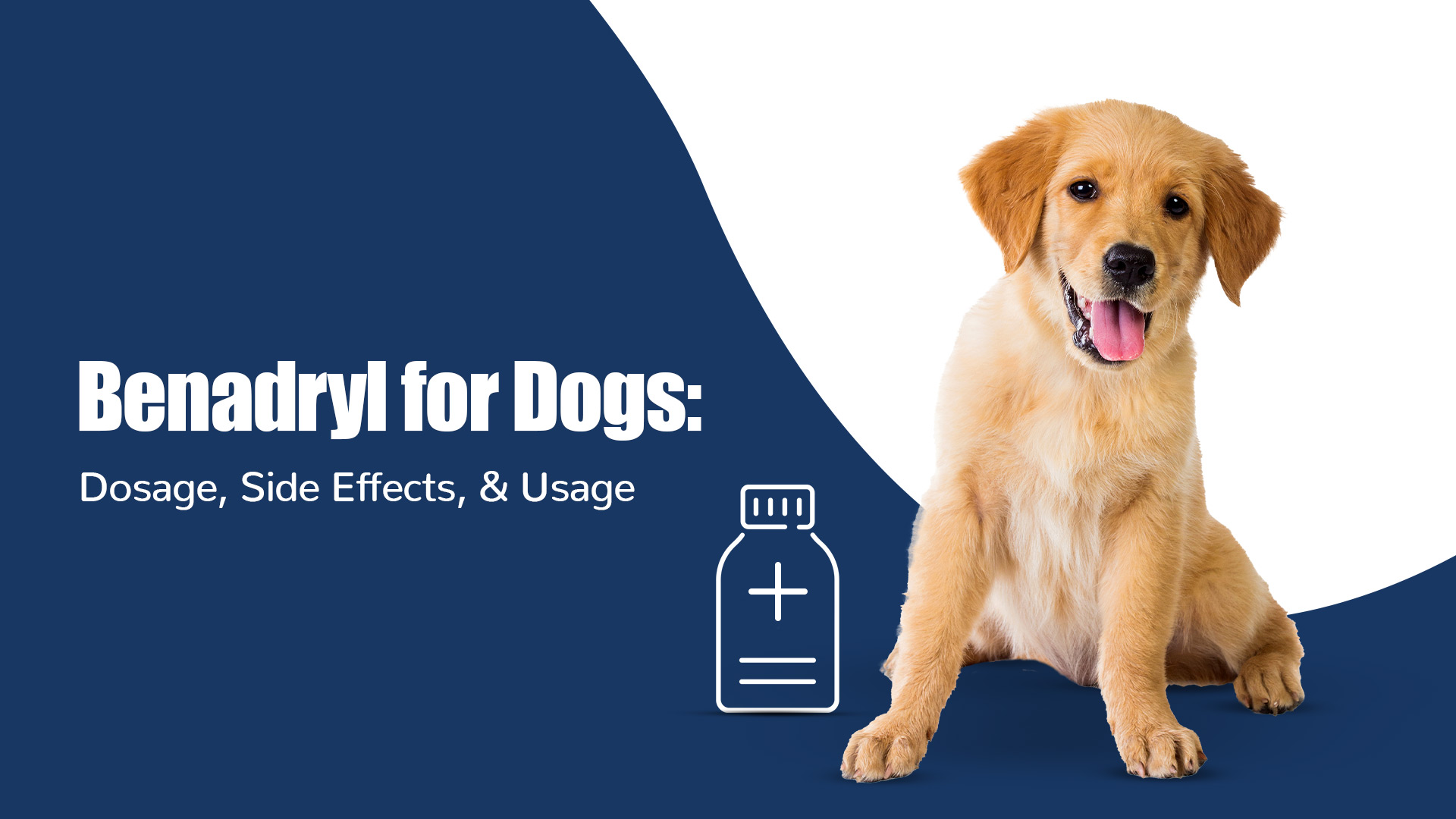
Benadryl, a common over-the-counter medication in most households, is often recommended by veterinarians for various canine conditions. From seasonal allergies to insect bites, Benadryl for dogs can offer relief in many scenarios—but it's essential to understand the right usage, especially when dosing a dog with Benadryl. Whether you're treating an adult dog or curious about puppy Benadryl, this guide breaks down everything you need to know about safety, dosage, and potential side effects.
Understanding Benadryl and Its Use in Dogs
What Is Benadryl?
Benadryl is the brand name for diphenhydramine, a first-generation antihistamine commonly used to treat allergy symptoms in humans, such as sneezing, itching, and hives. It's known for its sedative effects and is available over the counter in most pharmacies.
In veterinary medicine, Benadryl is an off-label but widely accepted treatment for dogs, prescribed for issues like allergic reactions, environmental allergies, travel anxiety, and even motion sickness. Though not originally designed for pets, it's frequently recommended by vets due to its relatively safe profile when administered correctly.
Read More - Signs of Rabies in Dogs
Is Benadryl Safe for Dogs?
In most cases, Benadryl is safe for dogs when given under proper veterinary guidance. It can be an effective short-term treatment for:
- Mild allergic reactions (e.g., to pollen, insect bites, or vaccinations)
- Itchy skin from allergies or dermatitis
- Anxiety or motion sickness during travel
However, correct dosage is critical to avoid potential risks. Benadryl dosage for dogs typically depends on your dog’s weight, health status, and any pre-existing conditions. The standard guideline is 1 mg of Benadryl per pound of body weight, but always consult your vet for precise dosing—especially if you're considering puppy Benadryl, as younger dogs may have different sensitivities.
There are instances where Benadryl may not be recommended:
- Dogs with glaucoma, cardiovascular disease, or hypertension
- Pregnant or nursing dogs
- Dogs taking certain medications (like sedatives or antidepressants)
Always speak with your vet before dosing a dog with Benadryl to ensure it’s the safest option for your pet’s specific needs.
Also Read - Spaying Your Pet
Common Uses of Benadryl in Dogs
Allergies and Itching
One of the most frequent reasons pet owners turn to Benadryl for dogs is to relieve symptoms caused by allergies. Dogs can experience seasonal allergies, skin irritations, and reactions to insect bites or stings—much like humans.
Benadryl works by blocking histamine, a compound the body releases during an allergic reaction. By reducing histamine activity, it helps calm the itching, swelling, and redness associated with allergies. Whether it's a rash from grass or a reaction to a bug bite, dosing a dog with Benadryl can offer fast relief when used appropriately.
For younger pets, always ask your vet before giving puppy Benadryl, as puppies may require a lower or adjusted dose.
Motion Sickness and Anxiety
Another valuable use of Benadryl for dogs is its mild sedative effect, which can help during stressful situations. Dogs that get anxious during car rides, fireworks, thunderstorms, or vet visits may benefit from Benadryl’s calming properties.
Because it crosses the blood-brain barrier, Benadryl can slightly sedate your dog, making it a helpful tool to ease motion sickness and anxiety without resorting to stronger prescription drugs. When dosing a dog with Benadryl for this purpose, it's important to stick to the correct Benadryl dosage for dogs based on their weight and individual health.
Other Uses Recommended by Veterinarians
Beyond treating allergies and anxiety, Benadryl for dogs has several other vet-approved uses. It's often recommended in emergency kits and pre-treatment protocols for its versatility and generally safe profile when dosed correctly.
- Bee Stings or Bug Bites: If your dog has been stung or bitten, Benadryl can help reduce swelling, itching, and discomfort. It’s especially helpful for dogs prone to allergic reactions from insect venom.
- Vaccine Reactions: Some dogs may experience mild allergic reactions after vaccinations. In these cases, vets may suggest dosing a dog with Benadryl before or after the appointment to manage symptoms like swelling or hives.
- Pre-Medication Before Anesthesia or Allergy Testing: Veterinarians sometimes use Benadryl as a pre-treatment to minimize histamine responses during anesthesia or allergy testing. Always follow your vet’s exact instructions, especially when considering puppy Benadryl, as younger dogs can be more sensitive.
Benadryl Dosage for Dogs
General Benadryl Dosage Guidelines
Determining the correct Benadryl dosage for dogs is crucial for safety and effectiveness. The standard dose is typically:
- 1 mg of Benadryl per pound of body weight, or roughly 2.2 mg per kg
- Administered every 8 to 12 hours, depending on your dog’s needs and your vet’s recommendation
Benadryl comes in several forms, including:
- Tablets: Easy to portion based on weight (make sure the product contains only diphenhydramine—no added decongestants)
- Liquid Benadryl: Use with caution; children's liquid Benadryl is sometimes used, but always verify the ingredients and dose with a vet
- Topical Creams or Gels: Can help soothe localized itching or insect bites, but dogs should not lick the area
For puppy Benadryl, always consult a veterinarian before giving any medication. Puppies have developing systems and may require different dosages or alternative treatments.
Read More - Know About Kennel Cough
How to Calculate the Right Dosage
Getting the correct Benadryl dosage for dogs starts with one essential step: knowing your dog’s exact weight. Since the general guideline is 1 mg of Benadryl per pound, even small miscalculations can lead to underdosing or, worse, an overdose.
It’s also important to avoid liquid formulations that contain alcohol or xylitol, as both are toxic to dogs. If using liquid Benadryl, opt for a children’s version with no harmful additives—but confirm dosage with your vet.
Examples of safe dosage amounts:
- A 10 lb dog = 10 mg of Benadryl
- A 25 lb dog = 25 mg of Benadryl
- A 50 lb dog = 50 mg of Benadryl
For small breeds or if you're considering puppy Benadryl, extra caution is needed. Always check with your vet before dosing a dog with Benadryl, especially if the dog is under 12 weeks old or has a small body mass.
When to Avoid Giving Benadryl
While Benadryl for dogs is generally safe, there are situations where it should be avoided:
- Puppies under 12 weeks, pregnant, or nursing dogs should not be given Benadryl unless directed by a veterinarian.
- Dogs with heart disease, glaucoma, high blood pressure, bladder issues, or thyroid disease may be at risk for adverse reactions.
- Dogs taking MAO inhibitors, sedatives, or certain antidepressants can experience dangerous interactions.
When in doubt, skip the home remedy and speak to your vet before dosing a dog with Benadryl—especially if your dog falls into any of these categories or you're unsure about the proper Benadryl dosage for dogs.
Side Effects and Safety Precautions
Common Side Effects in Dogs
When dosing a dog with Benadryl, mild side effects can occur, especially when a dog is taking it for the first time. These may include:
- Drowsiness or lethargy
- Dry mouth
- Urinary retention
- Upset stomach or vomiting
- Mild disorientation
These effects are typically short-lived, especially when following the correct Benadryl dosage for dogs.
Serious Side Effects and Allergic Reactions
Though rare, some dogs may have serious side effects or even an allergic reaction to Benadryl for dogs:
- Rapid heartbeat or irregular pulse
- Breathing difficulties
- Swelling of the face or limbs
- Extreme agitation or sedation
- Seizures
These symptoms can be more dangerous in smaller breeds, senior dogs, or when giving puppy Benadryl without vet guidance. Always monitor your dog closely after the first few doses.
What To Do If Your Dog Has a Reaction
If you notice any unusual behavior or severe side effects after dosing a dog with Benadryl, stop giving the medication and call your veterinarian immediately. In emergency situations, head to the nearest animal hospital.
Be ready to provide:
- Your dog’s weight and the amount of Benadryl given
- The form of Benadryl (tablet, liquid, topical)
- Any other medications your dog is taking
Tips for Giving Benadryl to Your Dog
How to Administer Benadryl
Making sure your dog actually takes the full dose is key to effective treatment. Here are a few vet-approved tips for dosing a dog with Benadryl:
- Pill pockets: These tasty treats are designed to hide tablets or capsules.
- Hide in food: Place the pill in peanut butter (xylitol-free), cheese, or a soft dog treat.
- Direct oral dosing: Gently open your dog’s mouth and place the tablet at the back of the tongue, followed by praise and a treat.
If your vet has approved liquid Benadryl, use a dosing syringe for precise measurement. Slowly squirt the liquid into your dog’s cheek pouch and ensure they swallow it.
Make sure the entire Benadryl dosage for dogs is consumed, and avoid splitting doses unless advised by your vet. For puppies, proper administration is especially important when giving puppy Benadryl, since small amounts can have a stronger effect.
Perfect! Here’s the final stretch of your blog, completing the last H3 under Tips for Giving Benadryl to Your Dog, followed by the full FAQs section—naturally incorporating Benadryl for dogs, puppy Benadryl, dosing a dog with Benadryl, and Benadryl dosage for dogs throughout.
Monitoring After Giving the Medication
After dosing a dog with Benadryl, it’s important to watch for both improvements and possible side effects. Key things to monitor include:
- Changes in behavior: Drowsiness is common, but watch for excessive lethargy, hyperactivity, or confusion.
- Physical symptoms: Look for reduced itching, swelling, or other allergy-related signs.
- Timing: Benadryl usually begins working within 30 to 60 minutes. If you don’t notice any effects—or symptoms worsen—contact your vet.
Keep track of how your dog reacts over multiple doses, especially if you’re using Benadryl for dogs regularly or trying puppy Benadryl for the first time. Documenting response and any side effects will help your vet tailor future treatment.
FAQs
1. How much Benadryl can I give my dog?
The standard Benadryl dosage for dogs is 1 mg per pound of body weight, given every 8–12 hours. Always double-check the dosage with your vet, especially for small breeds or when using puppy Benadryl.
2. Can I give my dog Benadryl every day?
Yes, in some cases. Benadryl for dogs may be used daily for ongoing allergies or chronic conditions, but it should only be done under a veterinarian's supervision. Long-term use may require dosage adjustments or alternative treatments.
3. Can Benadryl help calm my dog during fireworks or thunderstorms?
Yes! Because of its sedative properties, Benadryl for dogs can be helpful for mild anxiety, especially during stressful events like fireworks, travel, or storms. However, it may not be strong enough for all dogs. Consult your vet if anxiety is frequent or severe.
4. What should I do if my dog accidentally eats too much Benadryl?
An overdose can be serious. Symptoms may include vomiting, tremors, rapid heartbeat, or seizures. If you suspect your dog has ingested too much Benadryl, contact your vet or an emergency animal hospital immediately.
5. Are there better alternatives to Benadryl for allergies or anxiety?
In some cases, yes. Alternatives like cetirizine (Zyrtec), apoquel, or prescription anti-anxiety meds may be more effective or better tolerated. For puppies, especially, Benadryl may not always be the best option. Ask your vet about the safest and most effective treatment based on your dog’s specific condition.










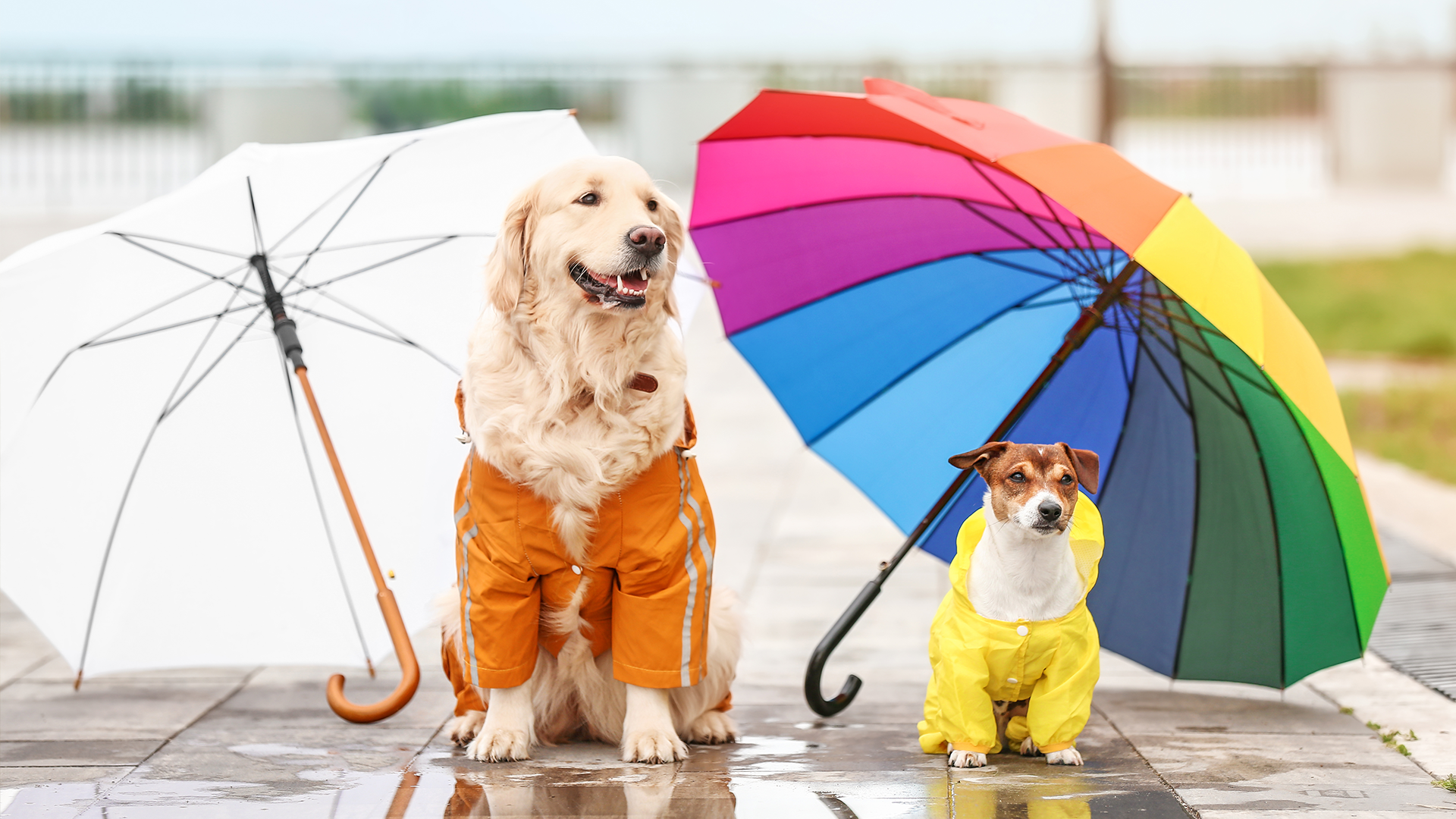


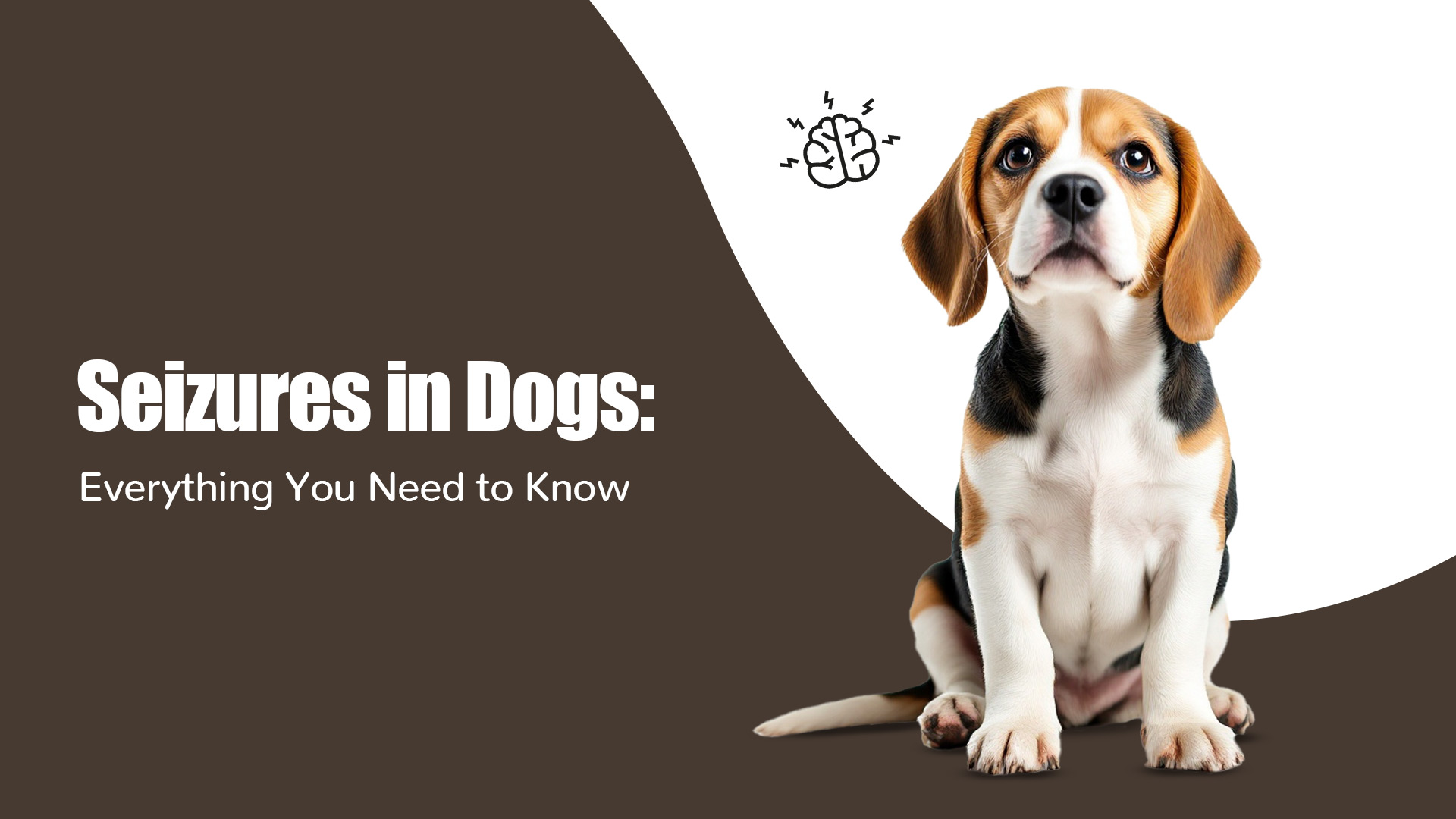


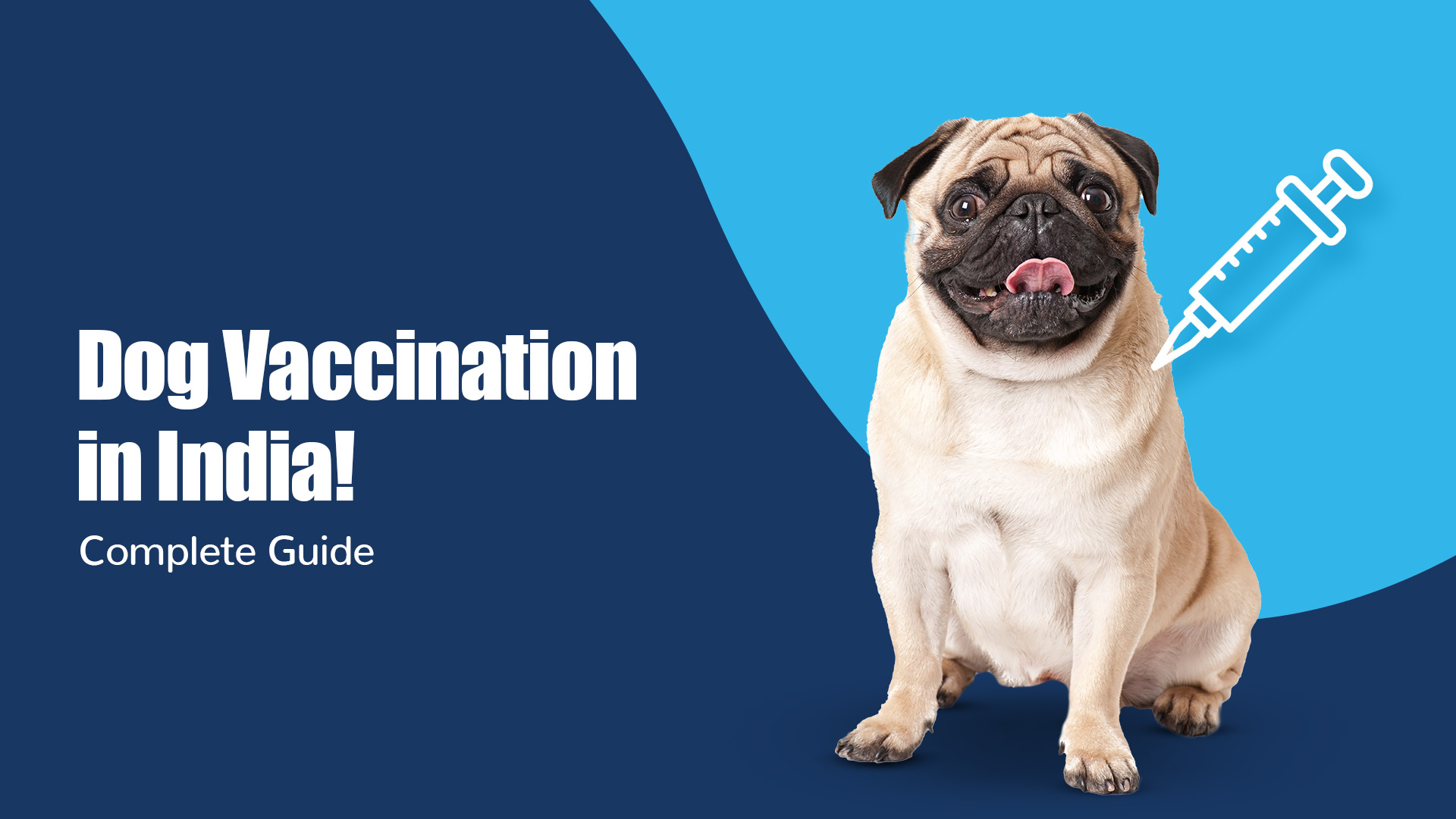
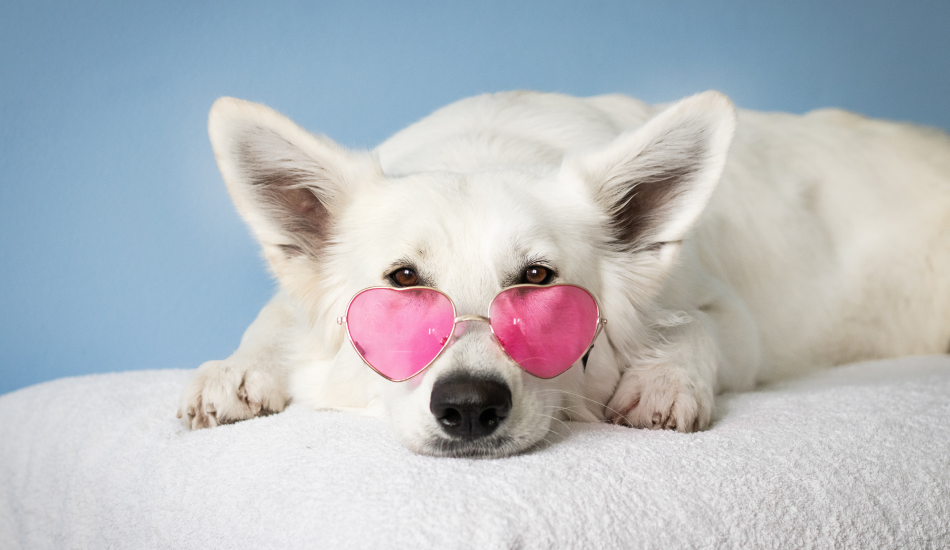




The information below is required for social login
Create New Account